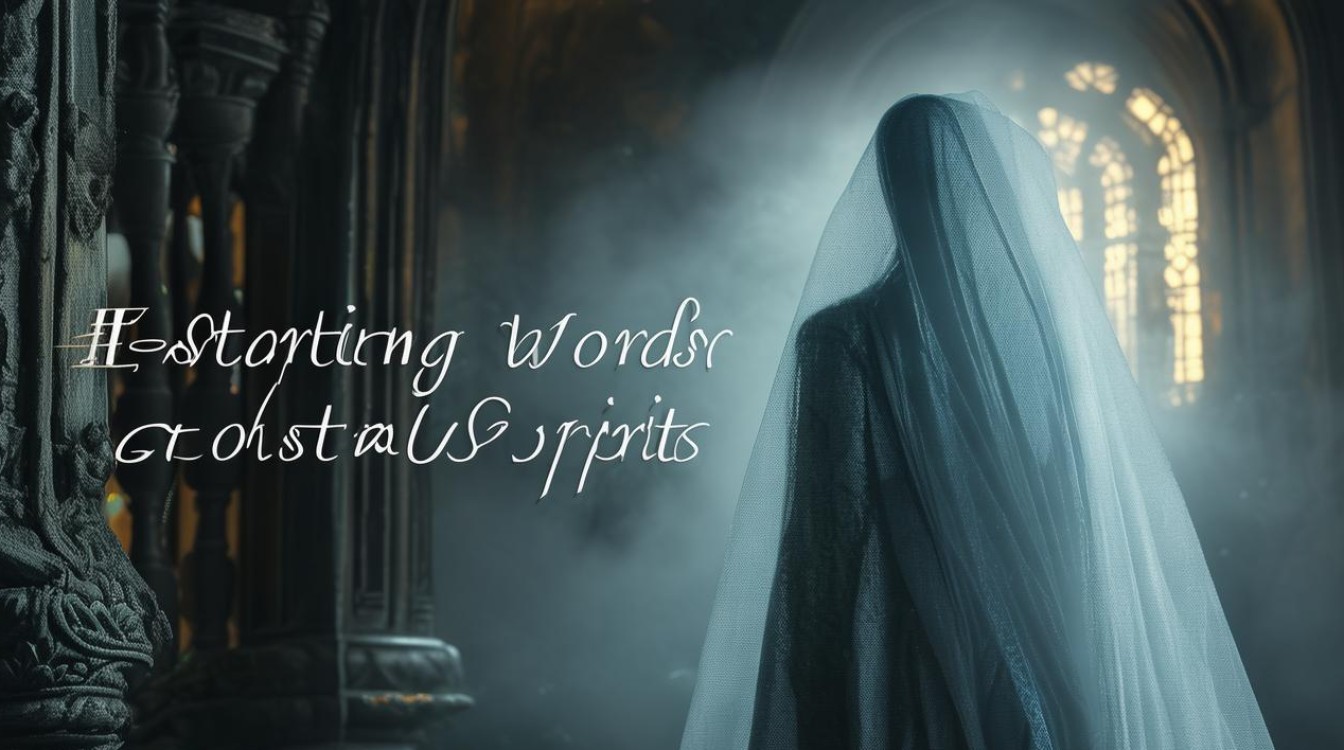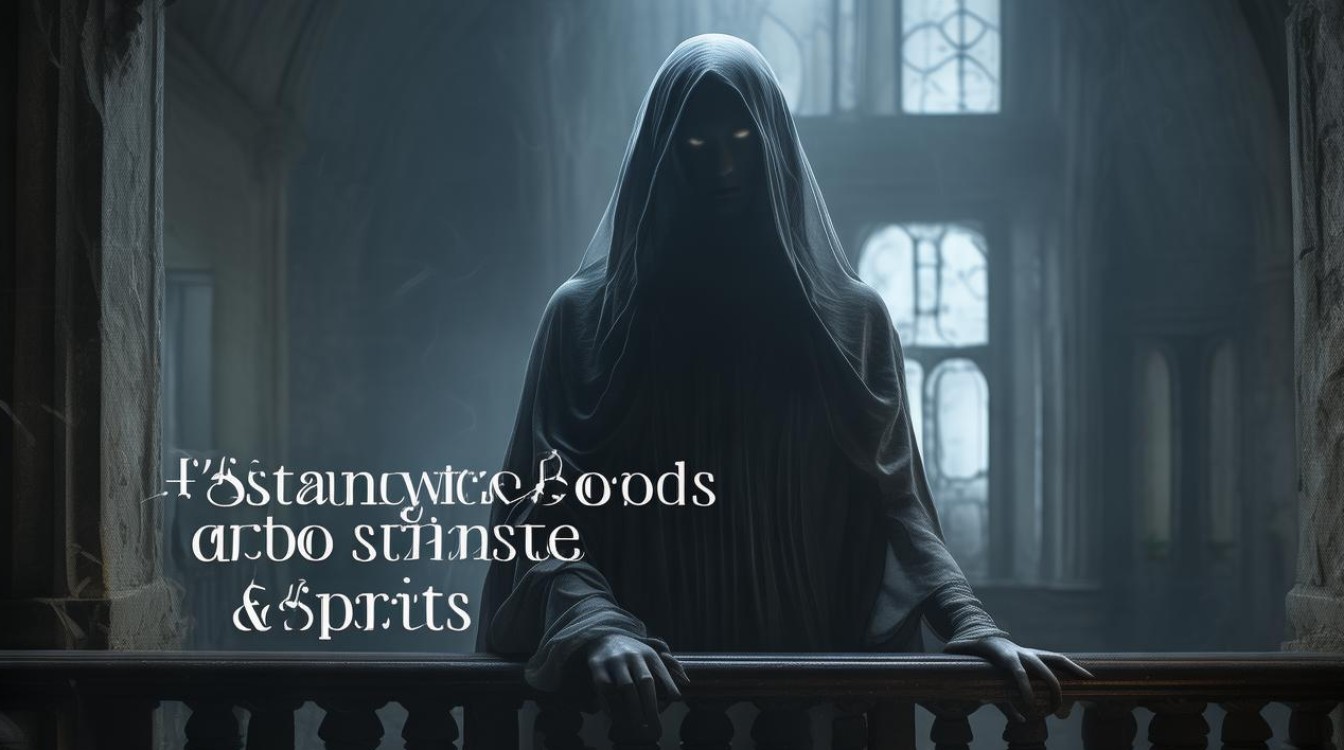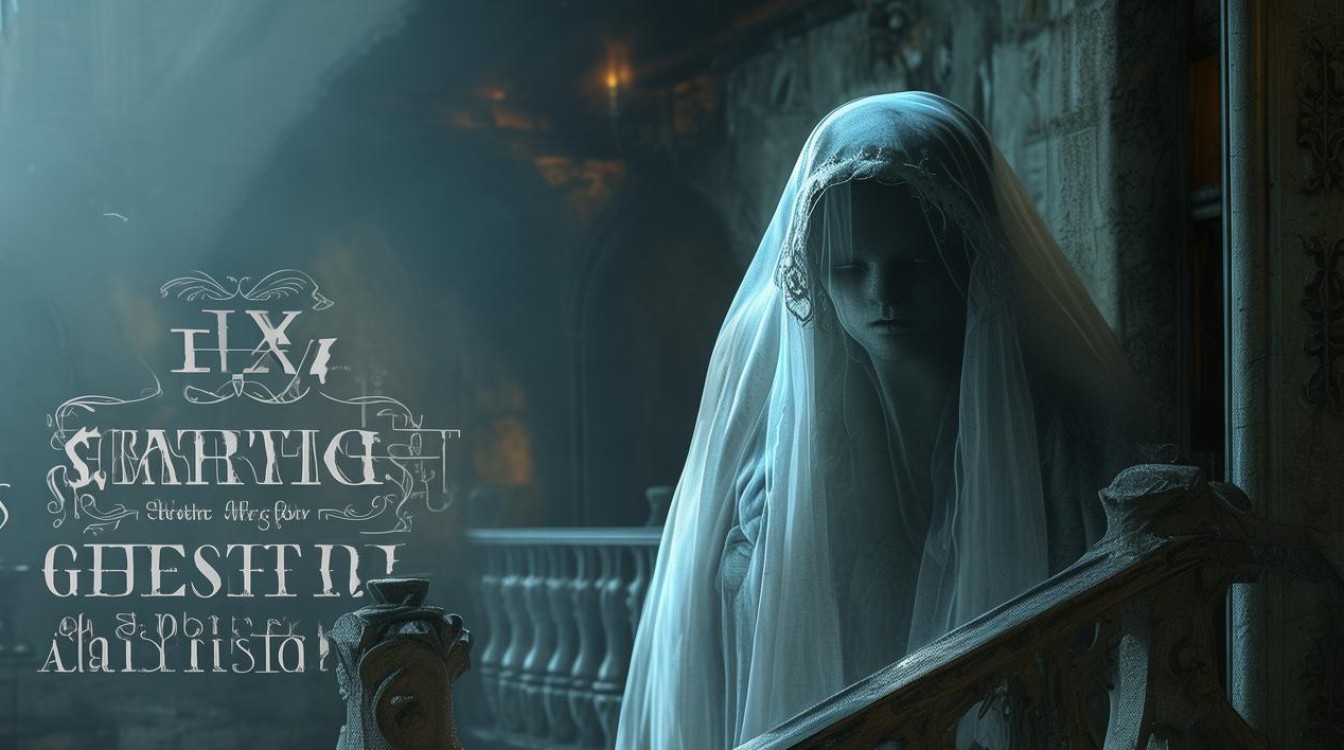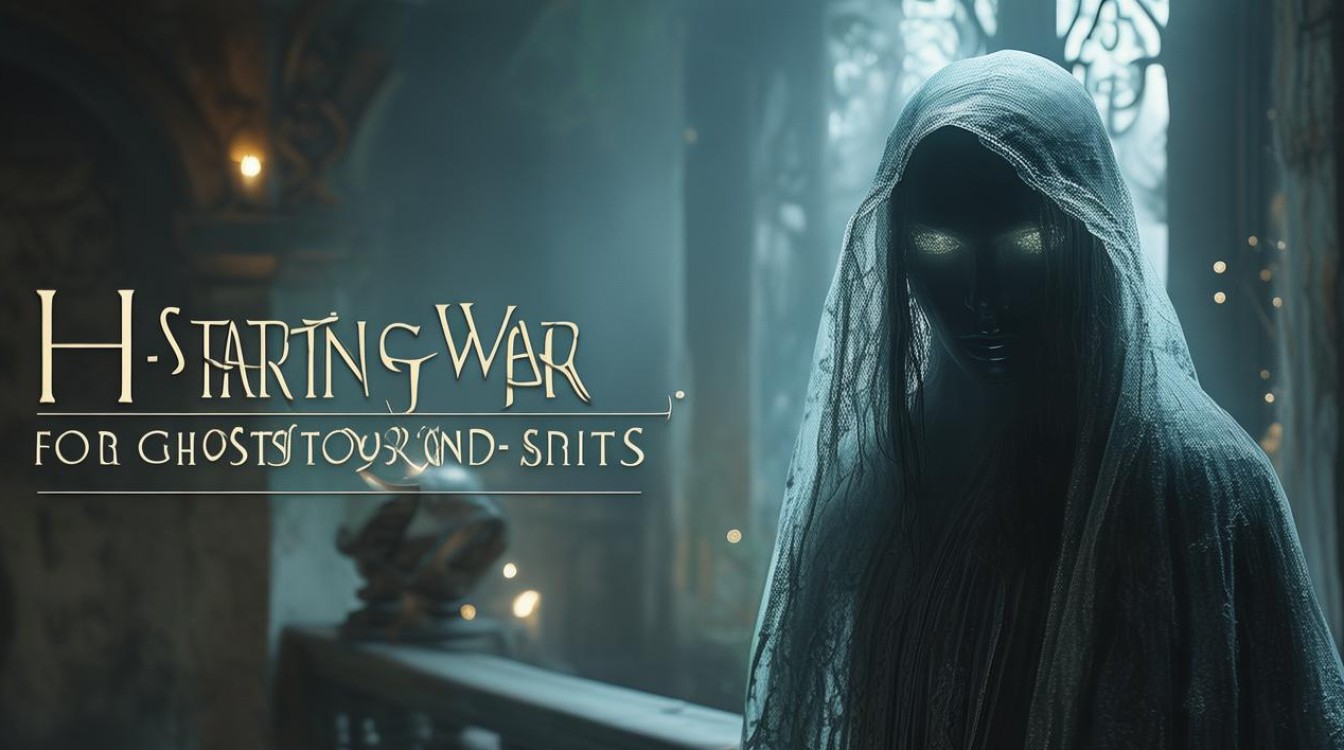The English language brims with eerie terms to describe supernatural entities. When it comes to ghosts, spirits, and spectral beings, numerous words begin with the letter "H." Whether you're a writer crafting a chilling tale, a paranormal enthusiast, or simply curious about the lexicon of the otherworldly, this guide explores haunting "H" words that send shivers down the spine.

Haunt
A "haunt" refers to a place frequently visited by a ghost or spirit. It can also describe the persistent presence of a supernatural entity. Haunts range from abandoned houses to ancient battlefields, each carrying an unsettling energy. The term implies repetition—ghosts often return to locations tied to their past lives.
Haint
A Southern American colloquialism, "haint" describes a restless spirit, often one with unfinished business. The word originates from Gullah culture, where blue porch ceilings were believed to ward off haints. Unlike typical ghosts, haints may not be malevolent but are certainly unnerving.
Hellhound
A hellhound is a monstrous spectral dog linked to the underworld. These creatures appear in folklore worldwide, often as omens of death. Black Shuck in English legend and the Cŵn Annwn in Welsh mythology are examples. Hellhounds are said to stalk graveyards and lonely roads, their glowing eyes piercing the darkness.
Harbinger
While not exclusively supernatural, a "harbinger" often signifies an omen or messenger of doom. In ghostly contexts, it may manifest as a phantom figure warning of impending tragedy. Some believe seeing a spectral harbinger means death is near.
Headless Horseman
Popularized by Washington Irving’s The Legend of Sleepy Hollow, the Headless Horseman is a decapitated specter riding through the night. This figure appears in various cultures, often as a warrior doomed to wander without a head. The Irish Dullahan is a similar entity, carrying its own grinning skull.
Hologram Ghost
A modern take on apparitions, hologram ghosts are digital or artificially projected spirits. Though not supernatural, they play a role in contemporary ghost stories, blending technology with the paranormal. Some theorize that certain ghost sightings are misinterpreted holographic phenomena.

Hungry Ghost
In East Asian folklore, particularly Chinese and Buddhist traditions, "hungry ghosts" are tormented spirits cursed with insatiable cravings. These beings suffer due to past misdeeds, often appearing with grotesque, emaciated forms. Rituals like the Hungry Ghost Festival aim to appease them.
Hag
A malevolent spirit, the "hag" often appears as an old woman with supernatural powers. In folklore, hags torment the living, sometimes by sitting on sleepers' chests—a phenomenon linked to sleep paralysis. The term also connects to witches and nightmarish entities.
Hybrid Ghost
A hybrid ghost blends traits of different supernatural beings. For instance, a ghost with vampiric tendencies or a spirit with shapeshifting abilities falls into this category. These entities defy easy classification, making them even more unsettling.
Haunter
A "haunter" is a spirit that lingers in a specific location, often with a clear purpose. Unlike poltergeists, which are chaotic, haunters may repeat the same actions endlessly—walking a hallway, whispering in an empty room, or appearing at a certain time.
Hollow Spirit
A hollow spirit lacks the emotional or energetic presence of typical ghosts. These entities may appear as empty shells, devoid of identity or purpose. Some believe they are remnants of forgotten souls, drifting without consciousness.
Hexen
Derived from Germanic folklore, "Hexen" refers to witch-like spirits or undead sorceresses. These beings wield dark magic, cursing the living or guarding hidden knowledge. They blur the line between ghost and witch.

House Spirit
Not all "H" spirits are terrifying. House spirits, like the Scottish brownie or the Slavic domovoi, are protective entities. They may play pranks but generally aid households—unless disrespected.
Hellion
A hellion is a mischievous or malevolent ghost, often a child spirit with a rebellious nature. These entities may throw objects, whisper taunts, or mimic voices to unsettle the living.
Horde
A "horde" describes a group of ghosts appearing together. Phantom armies, ghostly processions, and mass apparitions fall under this term. Witnessing a horde often indicates a tragic historical event tied to the location.
Hypnagogic Specter
A hypnagogic specter appears in the state between wakefulness and sleep. These visions may be hallucinations, but some believe they are actual spirits interacting with the half-conscious mind.
Haunted Reflection
Some legends speak of ghosts appearing in mirrors—sometimes mimicking the viewer, other times showing a different face entirely. These haunted reflections may be portals to the spirit world.
Husk
A "husk" is a ghostly shell, a being that has lost its original essence. These spirits may wander aimlessly, repeating actions without awareness.

Harvester
A harvester spirit collects souls or lingers near places of death. Reapers and phantom figures carrying scythes fit this description.
Hiss
Though not a ghost itself, the sound of a hiss often accompanies spectral encounters. Some spirits communicate through eerie noises, and a sudden hiss in silence can be chilling.
The world of ghosts is vast, and these "H" words only scratch the surface. Whether you believe in the supernatural or not, these terms enrich our understanding of folklore, fear, and the unexplained. Language itself holds power—sometimes, just uttering these words can summon a shiver.



